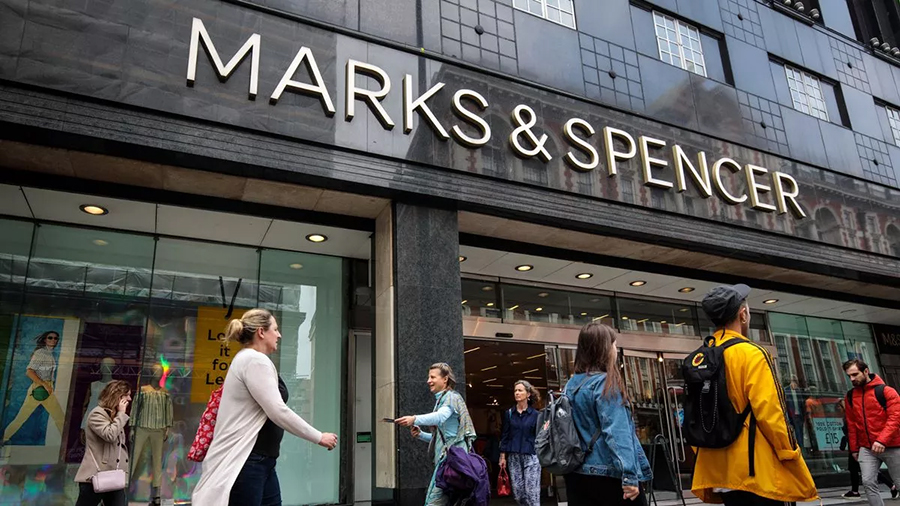Britain lost 6,000 retail outlets over the past five years, with “crippling business rates,” and the impact of the COVID lockdowns was a critical part of the decisions that retailers made to close stores and think twice about new openings, according to a recent analysis by the British Retail Consortium (BRC).
The overall vacancy rate in Great Britain increased to 13.9 percent in the second quarter, which was said to be ten basis points worse than the first quarter level; however, it improved by ten basis points to the same period last year.
- Shopping center vacancies remained unchanged at 17.8 percent, the same level as in the first quarter;
- High Street vacancies increased to 13.9 percent in Q2, ten basis points worse than in Q1;
- Retail park vacancies fell to 8.1 percent in Q2, a 60 basis point improvement from Q1 2023, and remain the retail location with the lowest vacancy rate;
- Geographically, Greater London, Southeast and East of England again had the lowest vacancy rates. The highest rates were in the Northeast, followed by Wales and Scotland.
“The North and Midlands continue to see the highest amount of empty storefronts. London’s vacancy rate remains the lowest, improving over the last quarter thanks to the opening of new flagship stores, more office workers, and tourists visiting the capital,” explained Helen Dickinson OBE, chief executive of the BRC in a release.
“To inject more vibrancy into high streets and town centers and prevent further store closures, the government should review the broken business rates system,” Dickinson continued. “Currently, there’s an additional £400m going on retailers’ bills next April, which will put a brake on the vital investment that our towns and cities so desperately need. The government announcement earlier in the week about making changes of use to vacant units easier is welcome, but it’s important local councils have a cohesive plan and don’t leave gap-toothed high streets that are no longer a customer destination and risk becoming inviable.”
She said the government should go one step further and freeze rates bills next year.
“The headline findings from Q2 are unlikely to have come as a surprise to anyone, with economic pressure from rising interest rates and inflation already mounting as the year began,” said Lucy Stainton, commercial director of the Local Data Company. “Current challenges to businesses have been compounded by tightening discretionary spend and a dip in confidence among consumers. The economic headwinds that have made the headlines have filtered into the data reflected in a slight rise in the overall vacancy rate.”
Stainton said the high street had seen some of the most notable impacts, with rising rents and increased competition putting pressure on small and independent businesses, who may struggle to meet high operating costs. She said vacancies had reached critical levels across all location types, highlighting an ever-increasing need to redevelop units to breathe life back into retail destinations.
“As the only location type to see a decrease in long-term vacancy (more than three years) this quarter, retail parks continue to prove resilient, bolstered by their strong occupancy fundamentals and relatively small lot sizes,” Stainton continued. “Retail parks have shown us excellent examples of agile strategy in action, splitting larger units into smaller ones or converting space for alternative uses to revitalize vacant stock successfully. The current climate is undeniably difficult, but it should not be overlooked that today’s retailers are more innovative and future-thinking than ever.”
Stainton concluded by suggesting that it did not foresee any future vacancy rate improvements, given the current continuing trend.
“However, given that the latest rises in vacancy have not been particularly significant, we anticipate that any increases in the near future will be gradual,” she concluded.
Photo courtesy BRC
















